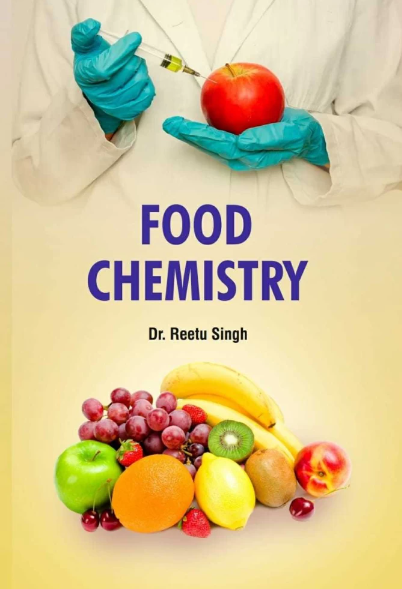Feeding lambs hazelnut skin and linseed decreases meat lipid oxidation during in vitro digestion
IF 8.5
1区 农林科学
Q1 CHEMISTRY, APPLIED
引用次数: 0
Abstract
The present study aimed to evaluate the effect of the inclusion in lamb diet of hazelnut skin (H diet), extruded linseed (L diet), or a combination thereof (HL diet) on the oxidative stability of cooked and in vitro digested lamb meat compared to a basal diet (C diet). A significant decrease of 46.1 % and 40.9 % in lipid hydroperoxides was attended after in vitro digestion in lamb meat from the L and H diets with respect to C diet. Moreover, the HL diet was the most effective in decreasing the TBA-RS value after intestinal digestion (23.3 % decrease compared to C diet). Five different phenolic- and four tocopherol-derived metabolites were identified whose amount was greater in meat from supplemented diets. Furthermore, the inclusion of hazelnut skin in the lamb diet resulted in higher amount of endogenous antioxidants (carnosine and reduced glutathione) in raw meat.


给羔羊喂食榛子皮和亚麻籽可减少体外消化过程中的肉脂氧化
本文章由计算机程序翻译,如有差异,请以英文原文为准。
求助全文
约1分钟内获得全文
求助全文
来源期刊

Food Chemistry
工程技术-食品科技
CiteScore
16.30
自引率
10.20%
发文量
3130
审稿时长
122 days
期刊介绍:
Food Chemistry publishes original research papers dealing with the advancement of the chemistry and biochemistry of foods or the analytical methods/ approach used. All papers should focus on the novelty of the research carried out.
 求助内容:
求助内容: 应助结果提醒方式:
应助结果提醒方式:


